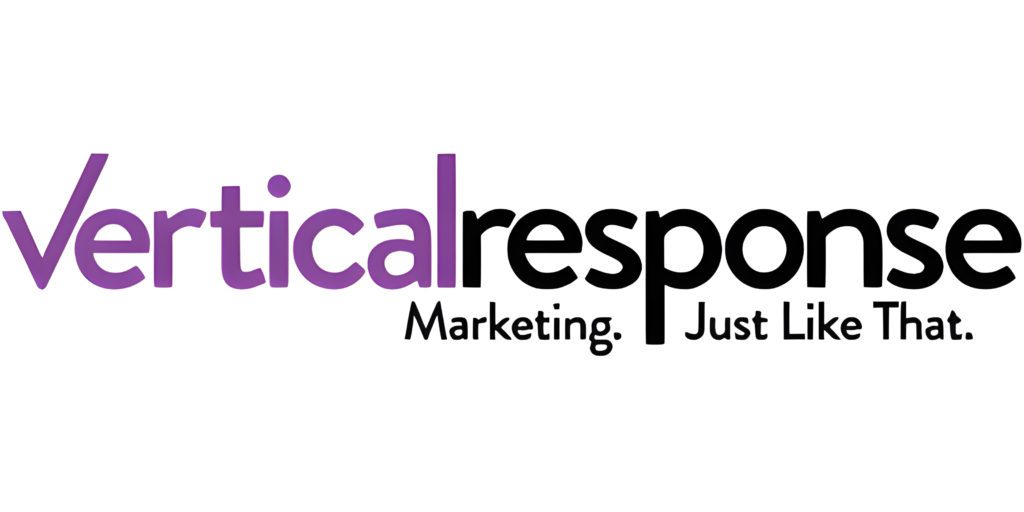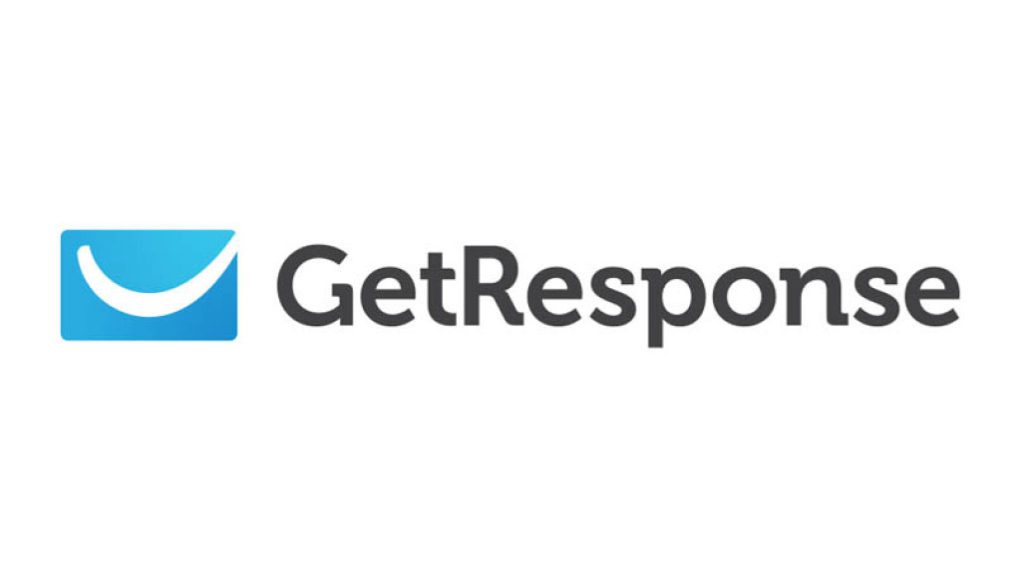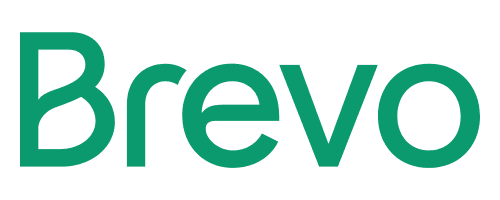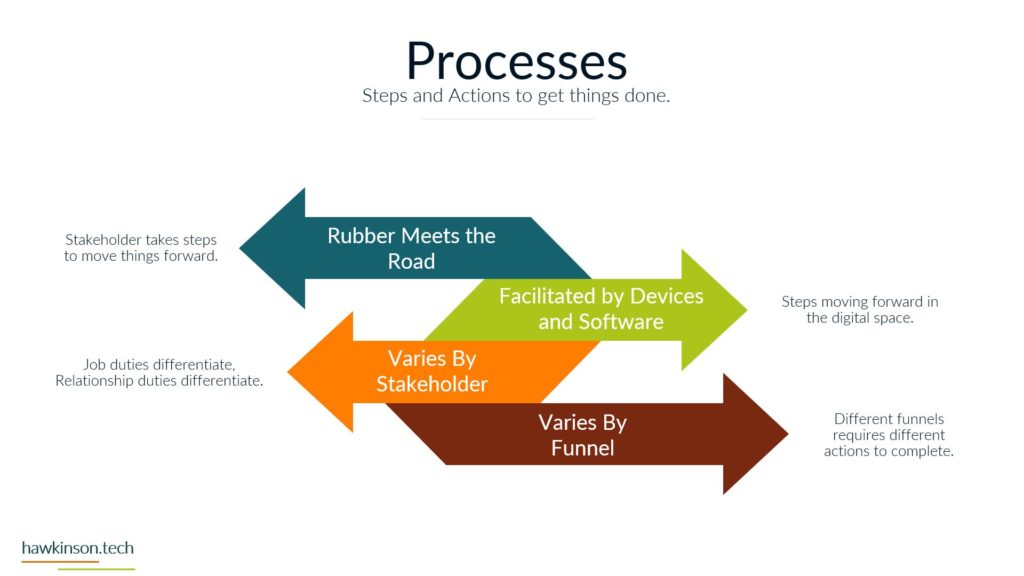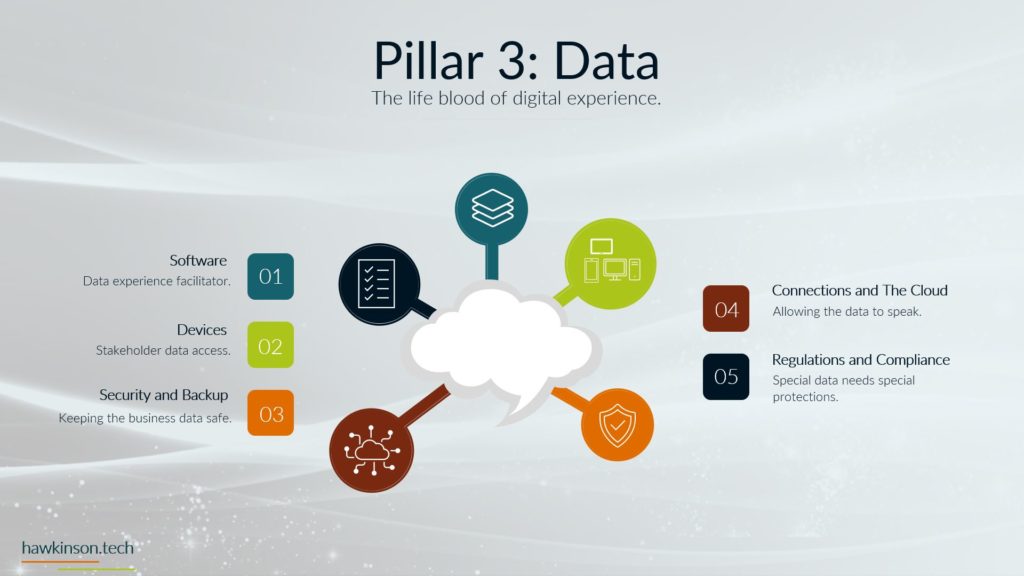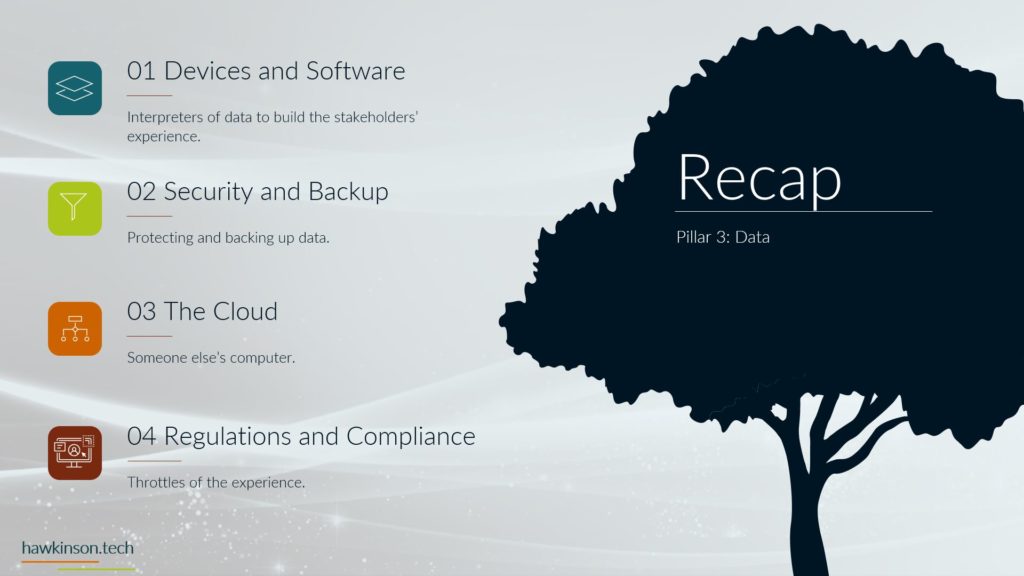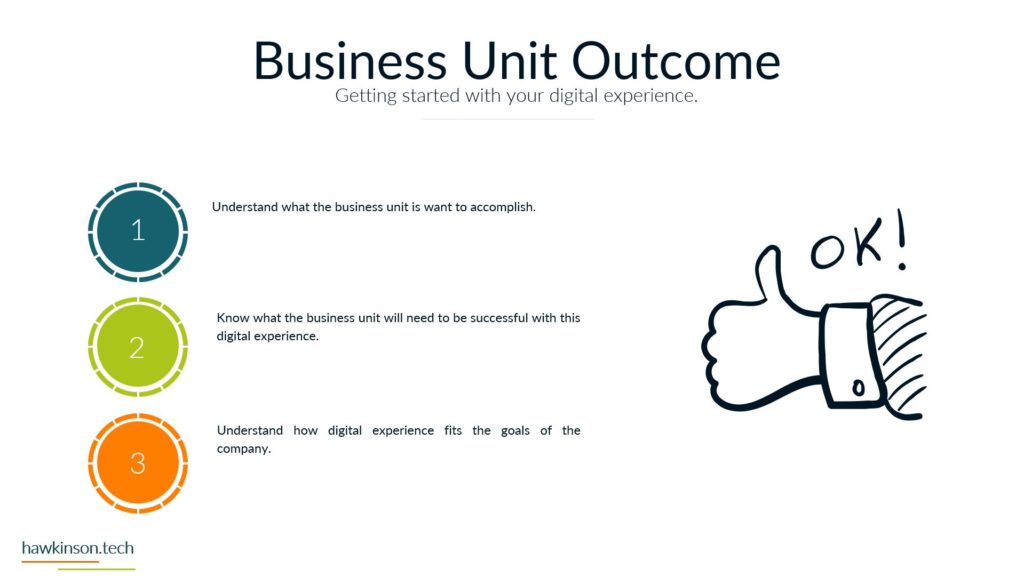A dependable and effective website is crucial, whether creating a startup, maintaining a well-known blog, or operating an online store. A hosting provider is the foundation of every effective website.
With so many website hosting providers available today, you might need help comparing the various providers and determining the most critical factors to consider while evaluating each choice.
This article will explore the crucial qualities you should look for in a web host. It will arm you with the expertise to competently judge hosting companies, regardless of whether you are an experienced webmaster or are just beginning your online adventure.
1. Reliable uptime
When customers visit your website, they expect it to be available and running. If the website has extended load times or glitches, you can risk losing a potential customer for your business.
In addition, your site may frequently go offline due to faulty servers and inconsistent network connections. This prevents you from receiving potential customers or transactions for a web-based business and affects your ranking on search engine results.
It would be best to choose a hosting provider with reliable uptime ratings exceeding 99.5 percent.
Even though there are many reasons for a website to work slowly or go down, having a strong service provider with a rapid server, processing power, and storage will reduce the risks of your going offline. Consequently, your customers will always be calm.
2. Customer Service
Consider that you are up at night, going through customers’ comments about your website and fixing general problems, and you come across a problem. In such a case, your website host provider should respond promptly and clearly. Customer support is an essential element of all web host providers. This feature tells you that your chosen provider is reliable and efficient in their work.
For many consumers, customer service is a crucial component. The provider’s responsiveness can prevent the website from being unavailable for several hours, and issues can be resolved as quickly as they occur. The best providers offer 24/7 assistance with different channels such as email, messaging, or live chats.
3. Security
Customers who visit your website essentially allow you access to their personal information. You risk ruining your well-earned reputation if you betray that trust. Therefore, security is another essential quality for a web service provider.
You must confirm that the service you choose can completely secure its clients by providing an arrangement of information redundancy and regular backups. Most advanced website-hosting servers have strong firewalls, and the hosting provider continually scans them for suspicious activity or unauthorized intrusions.
Web hosting providers also support SSL certificates. They add additional protection by encrypting the data transferred between your server and the user’s browser. So, to retain the best customers, look for security in your provider.
4. Storage
Storage is crucial when choosing a web service provider because you will have a lot to manage, including customer names, details, purchase histories, and more.
The volume of data you collect and store will increase as your firm expands. If your web service provider offers a variety of storage alternatives, you can improve your storage requirements without running into speed problems.
A web service provider’s storage capacity impacts your website’s speed and responsiveness. Dependable storage systems make it possible for data to be retrieved and processed at a fast pace, reducing latency and enhancing the overall user experience.
5. Adding Domains
It is important to consider diversification when you’re working on a website. After establishing your website, you will see that it requires multiple domains and subdomains to work efficiently.
Choosing and registering a domain is critical to launching a new website. Additionally, it’s crucial to keep your domain name registration up to date for as long as you continue to operate your website.
Therefore, you should examine each service provider’s many packages before choosing one. Pay close attention to whether numerous websites can be hosted on a single account or not.
6. Site Backups
Ransomware is one of the many cyber threats that currently target websites. Such actions frequently cause irreparable damage, such as a server or local hard disc failures.
Therefore, it is crucial that you only work with host service providers who regularly supply web data backups. A reliable backup and recovery process is also vital since unexpected data loss or system breakdowns might happen anytime.
A reliable web service provider guarantees you can access your data in an emergency, providing backup services and data restoration alternatives, thus reducing latency and possible damages.
7. Attractive Pricing Plans
The price is one of the most crucial factors to keep in mind when choosing a web host. You should ensure you are within your budget and getting all the desired features. If you want to establish a website, web hosting is a necessary expense, but it does not need to be costly.
Plans for simple shared web hosting begin at under $3 per month. Remember that web hosting is an ongoing expense, and billing is done by subscription.
You must ensure the price is reasonable for the feature the web hosting provider is offering. With a low-cost web hosting plan, you’ll generally have fewer possibilities and access to resources, which could cause performance problems. Therefore, go for a program that provides several features at a reasonable price.
Final Thoughts
There are several important variables to consider when selecting a hosting service for your website or mobile application. Take your time and consider all your alternatives. If you choose your web hosting service carefully, you can save yourself from problems in the long run and ensure that your website runs smoothly.











